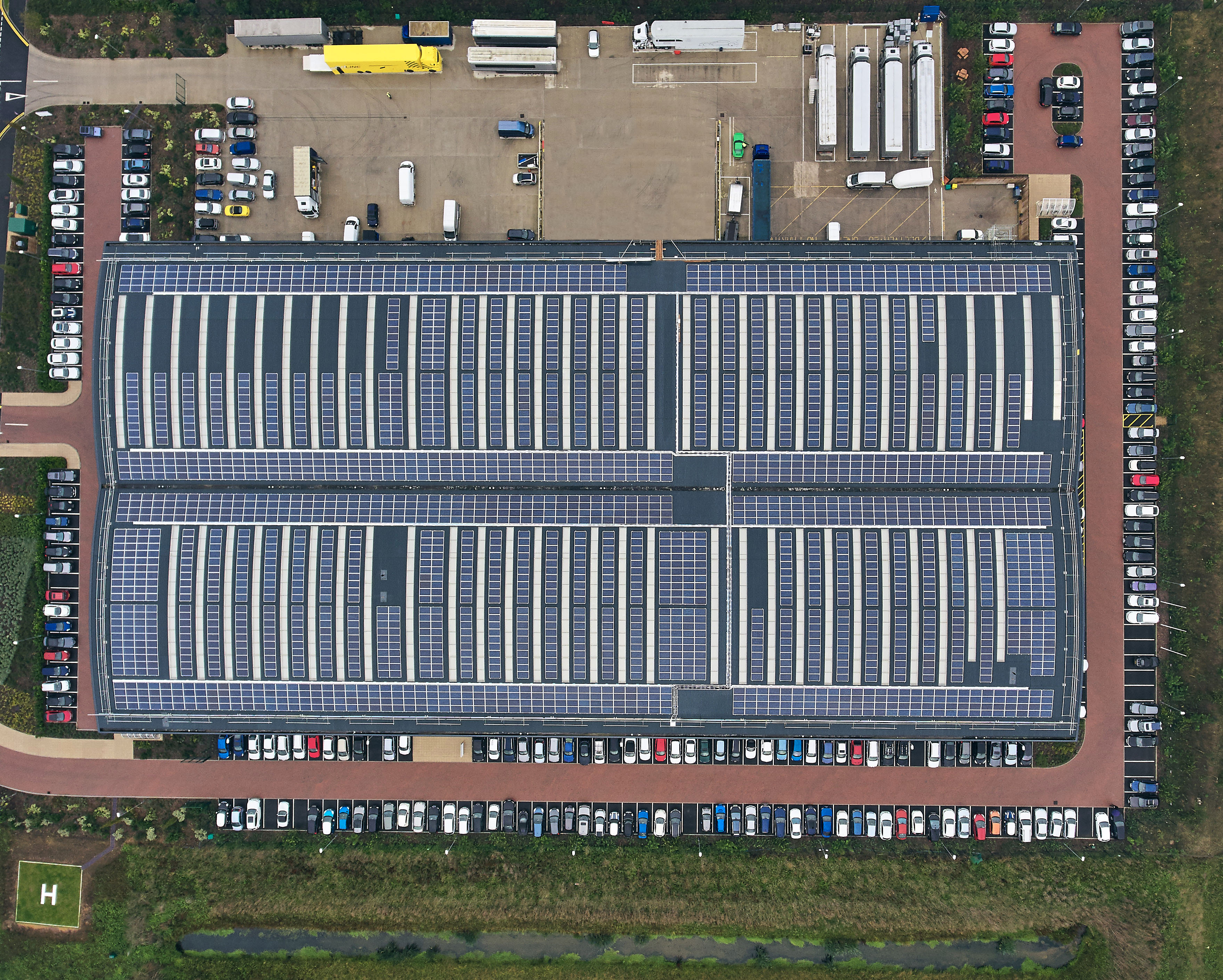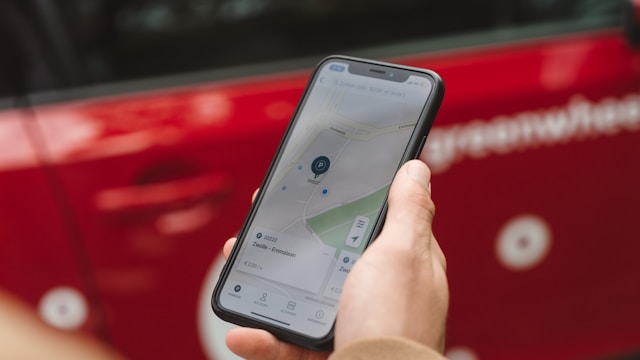
In so many ways, the art of the possible has never been greater in the creative services sector: across marketing, technology, data, media, advertising and production; extending more broadly into the total brand experience. But, if I learned anything from chairing Manchester Digital’s recent panel on the future of customer experience, it was to catch our breath and repeat the words: just because we can, doesn’t mean we should.
And, here in the 2025 Matrix, I think you could do a lot worse than go back to the launch of Billy Butlin’s first holiday camp in 1936. For those unfamiliar with his story, Billy Butlin was a pioneering master of marketing, which (lest we forget) is defined as a customer satisfying endeavour. Billy was an innovator, but built his entire business on knowing exactly what working class families wanted, (perhaps more importantly for his margin) what they didn’t want and exactly how much money they had to spend. He ensured that every camp was optimised to make sure that customers got the holiday they wanted, he didn’t waste time or investment in anything beyond this and engineered the customer experience to such an extent as to ensure that every wallet and purse left empty as each family skipped out of the gate and onto the charabanc. For instance, there were never flowers on reception, quite simply because they weren’t valued by the customer.
As marketers, we often talk about mental availability of the customer, but I would turn this back on ourselves. Today, in the melee of technological advancement, how available are we to customers and our clients: to truly understand the signals they are sending, to clarify on what they want from us, to respond meaningfully and in ways that will make a difference rather than just contributing to yet more category noise. How sensitive are we to customers banging the brand microphone and asking if it’s even on?
For instance, I recently came across INKPACT, which is taking the world by storm by handwriting messages at scale to customers of brands across the world. Technology is an enabler of the process, but it’s the human touch that is accelerating performance of the direct marketing efforts of businesses as diverse as banks to fashion brands. People love to and will open handwritten post. Fact. Patagonia’s keynote spoke to this, too, around their commitment to repairing kit from any brand to promote their “responsible” sustainability ethos that speak direct to their community’s need and passion.
This was, consistently, the message from the contributors of the panel: Simon Ellis from Pets At Home talked about how AI is a quiet hum in the background to eliminate kinks within the veterinary side of their CX or to enhance dialogue with customers face to face. It sounds like Phil Knight at Haier spends as much time playing whack-a-mole – canning ideas that won’t make the boat go faster – as he does focusing on meaningful change (!) and it was a sober reminder from Hilary Stephenson at Nexer that there is real commercial and equity risk in the accessibility divide broadening if we don’t take all people with us.
And in agency land, are we getting distracted from the real client need? This is a hot topic in marketing effectiveness circles. The prevailing models around the funnel and MMM just don’t stack up to measuring clearly visible audience behaviours across all paid, owned and earned domains. Clients are asking more of us – to reset the fundamentals – to make this world clearer and we need to hear them loud and clear. I am proud to say that we are doing some exciting work in this space. And, actually, it isn’t all about using new technology: it’s about pivoting our tools towards answering the questions that really matter in the modern era.
So, perhaps we ought to listen more if we really want to avoid wasting a lot of time and energy on initiatives that won’t really achieve the marketing goal: to satisfy customers. Perhaps, we should all be a little more Billy Butlin…
By Tim Ainsworth, Director of Brand Experience at McCann Manchester







